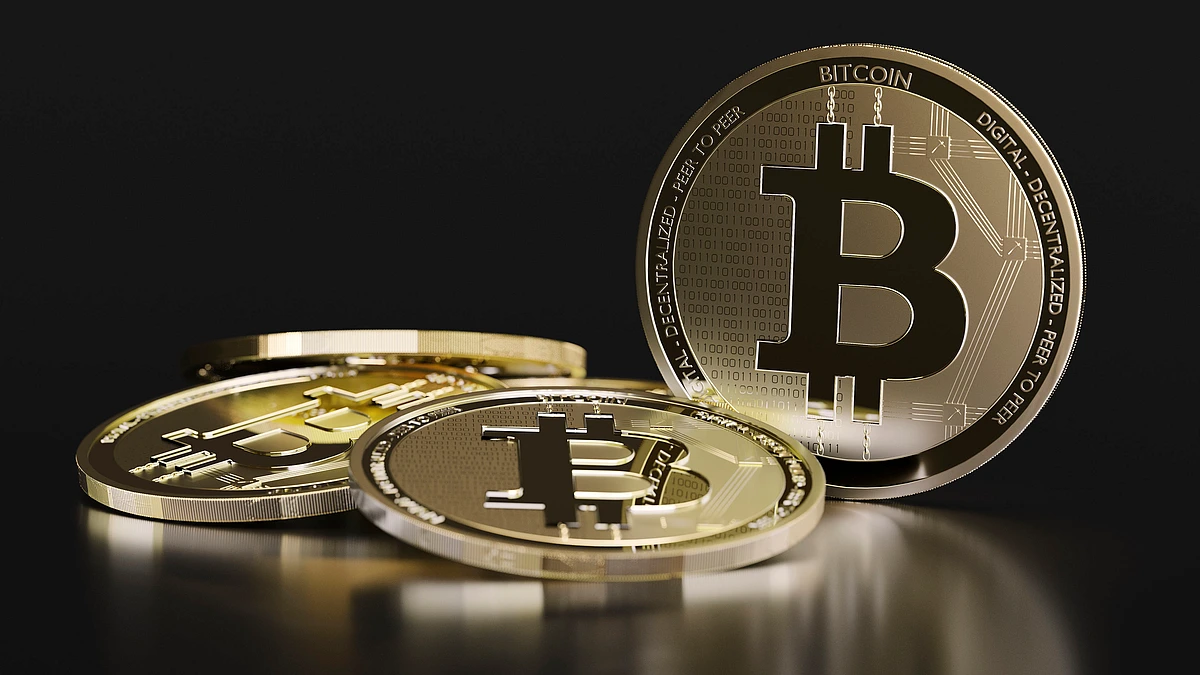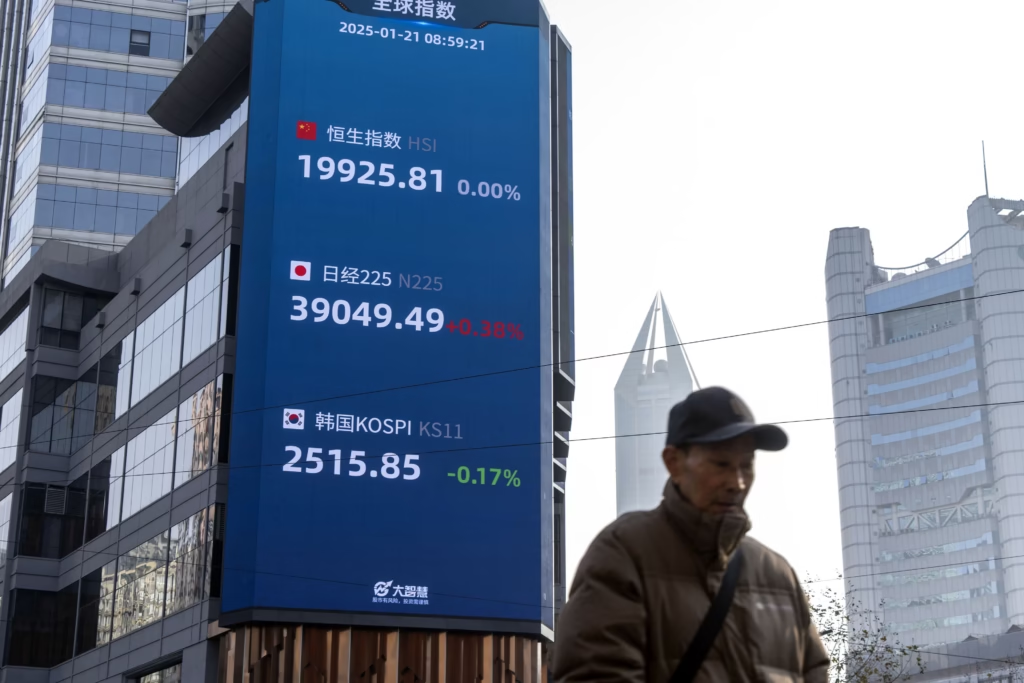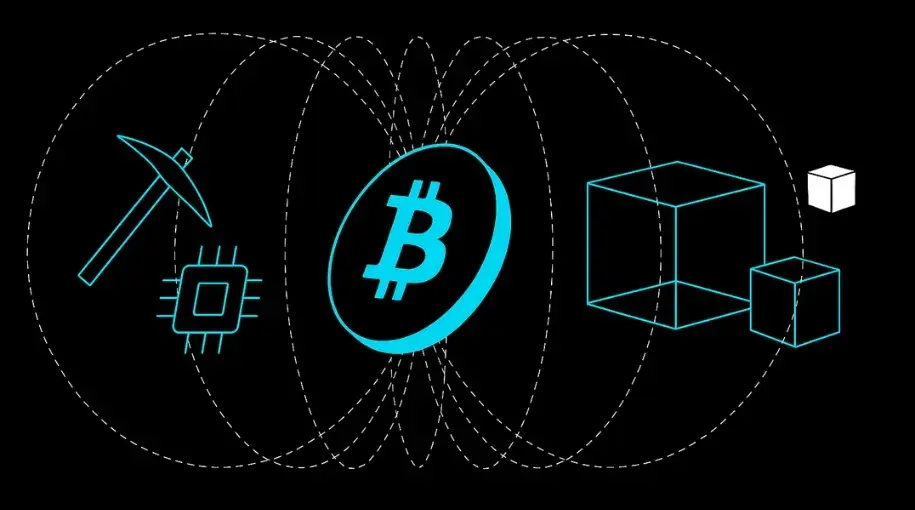Now Reading: India’s New Crypto Rules: What They Mean for Investors Beyond the Metros
-
01
India’s New Crypto Rules: What They Mean for Investors Beyond the Metros
India’s New Crypto Rules: What They Mean for Investors Beyond the Metros

India’s crypto landscape is entering a new phase, and this time, the spotlight is shifting to Tier 2 and Tier 3 cities. As regulatory changes take shape, investors from places like Nagpur, Indore, and Coimbatore are beginning to understand how these rules affect their financial decisions. The push for clearer guidelines is bringing both confidence and caution to a market that was once seen as unpredictable.
For years, crypto investors in smaller cities operated with uncertainty. There were questions about legality, taxation, and whether digital assets could be used safely. The government’s decision to tax crypto gains and strengthen KYC norms on exchanges has changed that. While it might have added some paperwork, it has also removed a lot of doubt. People now know that crypto trading is not illegal—it’s just regulated.
The clearer tax structure, including a 30 percent levy on profits and one percent TDS on transactions, has made investors more accountable. Many traders in smaller towns have started keeping records of their trades, consulting local accountants, and learning how to declare their earnings properly. This shift towards transparency is helping crypto move from a risky side hustle to a legitimate financial option.
At the same time, exchanges operating in India are under stricter supervision. Platforms must now comply with financial reporting standards and verification processes, which reduces the chances of scams. For investors in smaller cities—where awareness about fraud is still growing—this added safety net is important. It builds trust, especially among first-time users.
Still, regulation brings challenges. The tax rate is seen as steep by many small traders, and the absence of clarity around losses or crypto-to-crypto transactions continues to confuse people. Some users also worry about privacy, as all transactions are now closely tracked. These are real concerns, but most experts believe it’s part of a necessary step toward a more stable digital economy.
What’s interesting is that these new rules are also driving innovation. Educators and fintech firms are focusing on spreading crypto literacy in non-metro areas. Workshops, local-language podcasts, and YouTube explainers are helping regular people understand how to trade safely. It’s a small but meaningful shift toward financial inclusion powered by technology.
The bottom line is that India’s regulatory shift isn’t about restricting crypto—it’s about maturing it. For investors in Tier 2 and Tier 3 cities, this means more protection, better transparency, and a chance to participate in the digital finance movement with greater confidence. As the rules evolve, those who stay informed and disciplined will find that regulation is not a barrier, but a bridge to long-term growth in the crypto space.
























